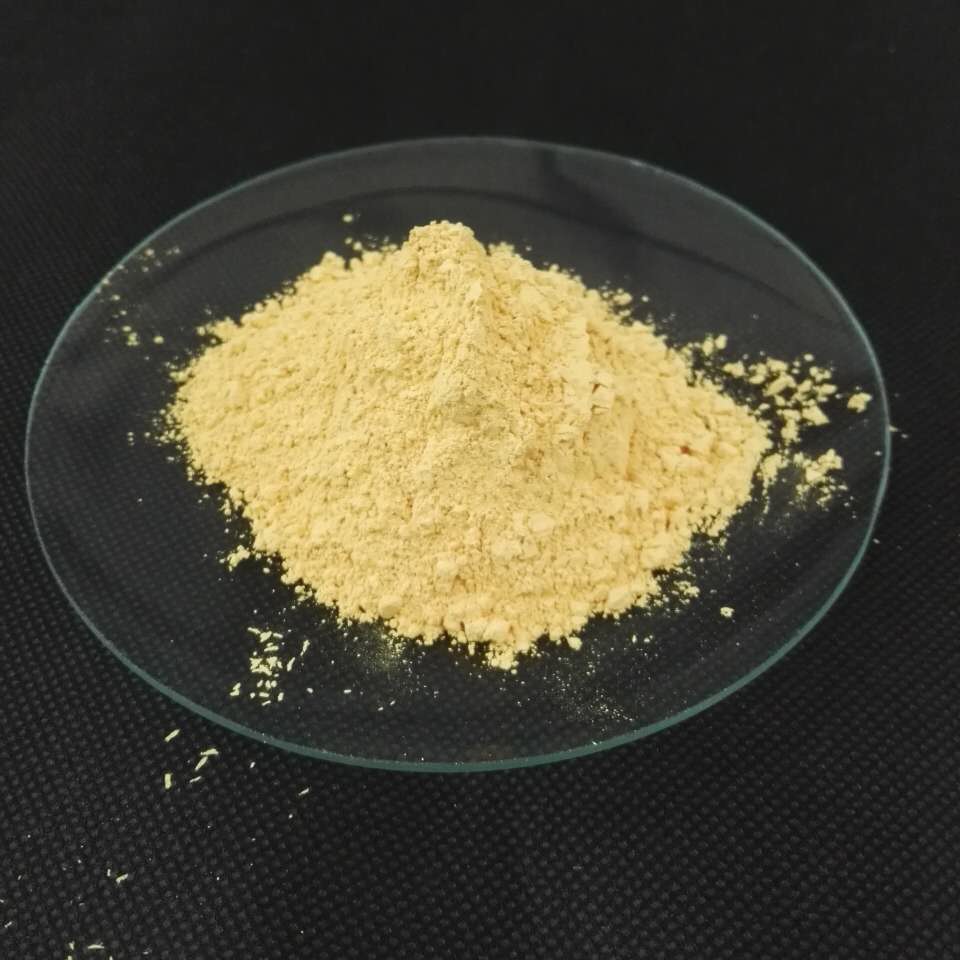



Understanding the Role of Polyacrylamide in Protein Separation Techniques
Why Polyacrylamide is Used for Protein Separation
Protein separation is a critical step in molecular biology and biochemistry, employed in various applications like proteomics, therapeutic protein development, and basic research. One of the most commonly utilized methods for protein separation is polyacrylamide gel electrophoresis (PAGE). This technique harnesses the unique properties of polyacrylamide, a synthetic polymer, to achieve effective separation of proteins based on their size, charge, and conformation. The following explores why polyacrylamide is a preferred choice for protein separation.
1. Versatility and Customizability
One of the most significant advantages of polyacrylamide is its versatility. The concentration of acrylamide in a gel can be adjusted, allowing researchers to create gels with varying pore sizes. Lower concentrations of acrylamide yield gels with larger pores, suitable for separating large proteins, while higher concentrations yield smaller pores ideal for smaller proteins. This customizability enables the separation of a broad range of protein sizes, making polyacrylamide gel electrophoresis suitable for diverse applications.
2. High Resolution
Polyacrylamide gels provide high resolution, meaning they can distinguish between proteins that differ by only a few amino acids. The linear polymer structure of polyacrylamide creates a uniform matrix, facilitating the fine separation of proteins during electrophoresis. This high resolution is crucial for applications such as evaluating protein purity, analyzing post-translational modifications, and studying protein-protein interactions, all of which are essential for understanding biological processes and disease mechanisms.
3. Effective Separation Based on Size
The primary mechanism by which polyacrylamide separates proteins is size exclusion. Proteins migrate through the gel matrix in response to an electric field, with their mobility determined by their size relative to the pore structure of the gel. Smaller proteins can move more freely through the pores, while larger proteins experience greater resistance, leading to a slower migration rate. This size-based separation is fundamental in techniques like SDS-PAGE, where proteins are denatured and coated with sodium dodecyl sulfate (SDS) to impart a uniform negative charge, ensuring that their migration is solely based on size.
4. Compatibility with Staining Techniques
why polyacrylamide is used for protein separation

Another reason polyacrylamide is popular for protein separation is its compatibility with various staining techniques. After electrophoresis, the gels can be stained with dyes such as Coomassie Brilliant Blue or silver stain, allowing for the visualization of proteins within the gel. These staining methods are sensitive and can detect proteins at low concentrations, enabling researchers to analyze protein expression levels and monitor the effects of treatments in experimental setups.
Preparing polyacrylamide gels is relatively straightforward and cost-effective. The polymerization process involves mixing acrylamide with a crosslinker (usually bis-acrylamide) and initiators (such as ammonium persulfate and TEMED), forming a gel that solidifies in a short period. This ease of preparation allows researchers to quickly produce gels tailored to their specific needs, facilitating rapid experiments and adaptations as research demands change.
6. Established Protocols and Standardization
The use of polyacrylamide for protein separation is well-established, with numerous protocols and methodologies documented in scientific literature. This standardization aids in reproducing results and comparing findings across different studies. The familiarity and reliability of polyacrylamide gel electrophoresis make it a go-to method in laboratories worldwide, being integral for routine analyses in research and clinical settings.
7. Reproducibility and Reliability
Polyacrylamide gels provide consistent results across experiments, which is essential for scientific accuracy and reproducibility. The ability to control variables such as gel concentration, buffer systems, and running conditions ensures that results are reliable and can be trusted, further solidifying the role of polyacrylamide in protein separation.
In conclusion, polyacrylamide is an indispensable tool in protein separation, offering versatility, high resolution, effective size-based separation, and compatibility with staining techniques. The ease of gel preparation and established protocols ensure that researchers can perform reliable and reproducible experiments. As the fields of proteomics and molecular biology continue to evolve, the use of polyacrylamide is likely to remain central to advancements in protein analysis and characterization.
-
Why Sodium Persulfate Is Everywhere NowNewsJul.07,2025
-
Why Polyacrylamide Is in High DemandNewsJul.07,2025
-
Understanding Paint Chemicals and Their ApplicationsNewsJul.07,2025
-
Smart Use Of Mining ChemicalsNewsJul.07,2025
-
Practical Uses of Potassium MonopersulfateNewsJul.07,2025
-
Agrochemicals In Real FarmingNewsJul.07,2025
-
Sodium Chlorite Hot UsesNewsJul.01,2025










